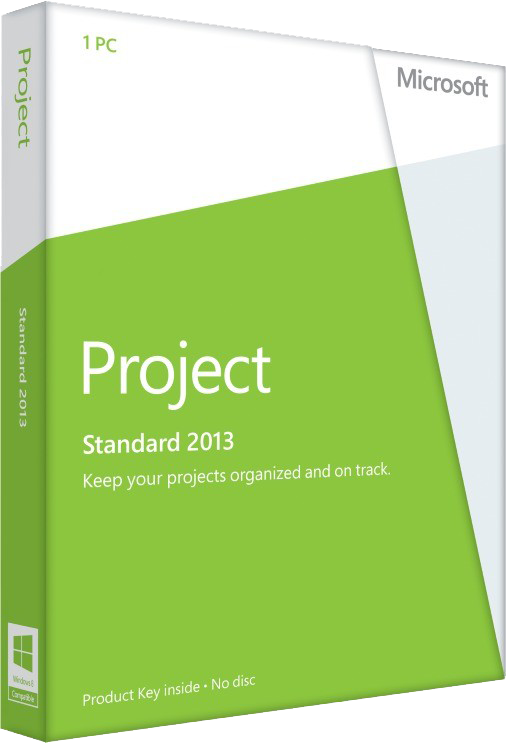
Also, they could save the timelines into PowerPoint as editable objects. Team members could use drag-and-drop control between different timelines. Timeline’s visualization tool included timelines of multiple projects, each with its own set of independent start and end dates to represent user-defined tasks and milestones. Its Timeline view provided a simple layout of the project lifecycle - even for highly complex projects - communicated important information in a clear and simple way. Microsoft Project 2016 introduced additional views on top of its Gantt chart view for audiences who found Gantt charts too complex. Users could view the status of all their resource requests within MS Project 2016. When another manager of a different project tried to book the same resource within the locked duration, they received a notification to prevent overbooking. When the request had been approved, the PM software locked that resource to guarantee its availability for the said project.

This triggered a workflow that let the resource manager approve or reject the request. The Resource Engagements feature let a user systematically request a resource. Project 2016 helped project managers secure resources so that projects would be adequately staffed. These were the most requested features from users at that time coming from their experience with MS Project 2013. It provided many features focused on resource management and capacity planning. MS Project 2016 became available online in September 2015 and to on-premises customers in spring of 2016. MS Project 2016 was is the last Project version compatible with Windows 7 and 8/8.1. Microsoft Project 2016 built on the then-modern interface and look that MS Project 2013 presented. What is Microsoft Project 2016? A Look Backward

Microsoft Project is one of the Microsoft’s most successful products.


 0 kommentar(er)
0 kommentar(er)
